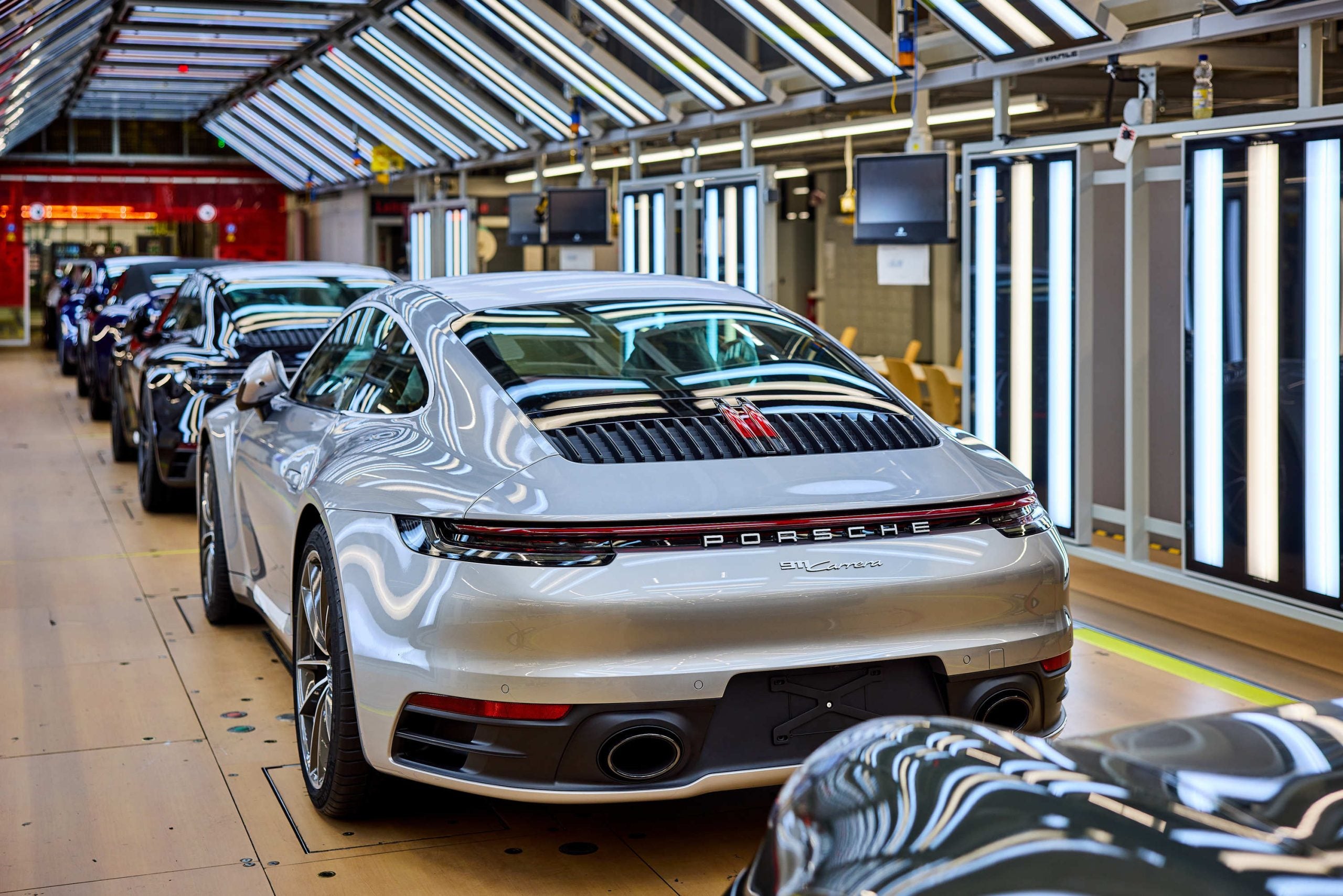
Porsche reportedly said on Wednesday it was fighting to restore production volumes and re-prioritise spending towards a more flexible product line after months of supply chain snags, slow EV demand and a sales slump in China.
Reuters noted Tuesday’s news of a deep cut to expected production volumes in the second quarter had shaken investor confidence when it disclosed output would likely fall by over 10,000 cars in the second half because an aluminium shortage.
The news agency had reported flooding at an unspecified European contractor had hurt supply of aluminium alloy, affecting production of all Porsche models and possibly leading to shutdowns for one or more vehicle series.
Porsche had said the alloy supplier, which it did not name, had declared force majeure in writing, meaning it was unable to meet its contractual obligations due to events outside its control.
Reuters noted Novelis, a subsidiary of Hindalco Industries, opens new tab and aluminium supplier to a joint venture co-owned by Porsche, said it had notified automotive customers of a force majeure event that had forced it to shut down its plant in late June.
Executives had sought to assure investors that the carmaker was working to increase dual sourcing in its supply chain and gain better visibility over problems at its indirect suppliers.
How well do you really know your competitors?
Access the most comprehensive Company Profiles on the market, powered by GlobalData. Save hours of research. Gain competitive edge.

Thank you!
Your download email will arrive shortly
Not ready to buy yet? Download a free sample
We are confident about the unique quality of our Company Profiles. However, we want you to make the most beneficial decision for your business, so we offer a free sample that you can download by submitting the below form
By GlobalDataThe luxury sportscar maker was hit harder than rivals by the shortage because of its high percentage of pre ordered cars, low volumes and detailed car specifications, CEO Oliver Blume said, according to Reuters.
Operating profit fell by just over a fifth in the first half to EUR3.06bn (US$3.32bn) with sales down 4.8% to EUR19.46bn.
Operating return on sales was 15.7%, just above the reduced outlook for the year announced on Tuesday of 14-15%, Reuters said.
The dent in sales could not be compensated for within months, forcing Porsche to lower its forecast for profit margin over sales, CFO Lutz Meschke was quoted as saying.
The news agency noted Porsche shares, listed on the stock market just under two years ago, have sunk 42% since last May as setbacks from software problems to launch delays and weakening sales in China had shaken investor confidence.
This has raised pressure on Oliver Blume, whose double role as CEO of both Porsche AG and Volkswagen had already raised concerns over whether one individual can lead two German blue chip companies.
Porsche CFO Meschke told Reuters the carmaker’s situation would be “completely different” in coming years when its new model range was in place, adding he was confident its mid-range profit margins target of 17-19% by 2025 was in reach.
Regarding its China sales, which fell 33% in the first half, Blume said he agreed with dealers on a visit to China last weekend to pay incentives linked to performance to ramp up sales and was considering new combustion engine models for the market.
“If the luxury segment in electromobility in China does not come, we will be prepared for luxury in combustion engines and hybrids, where we have strong margins,” he said.
Reuters added executives heavily emphasised Porsche’s commitment to a flexible product line up, saying they were assessing across markets where they could add new combustion engine models.



